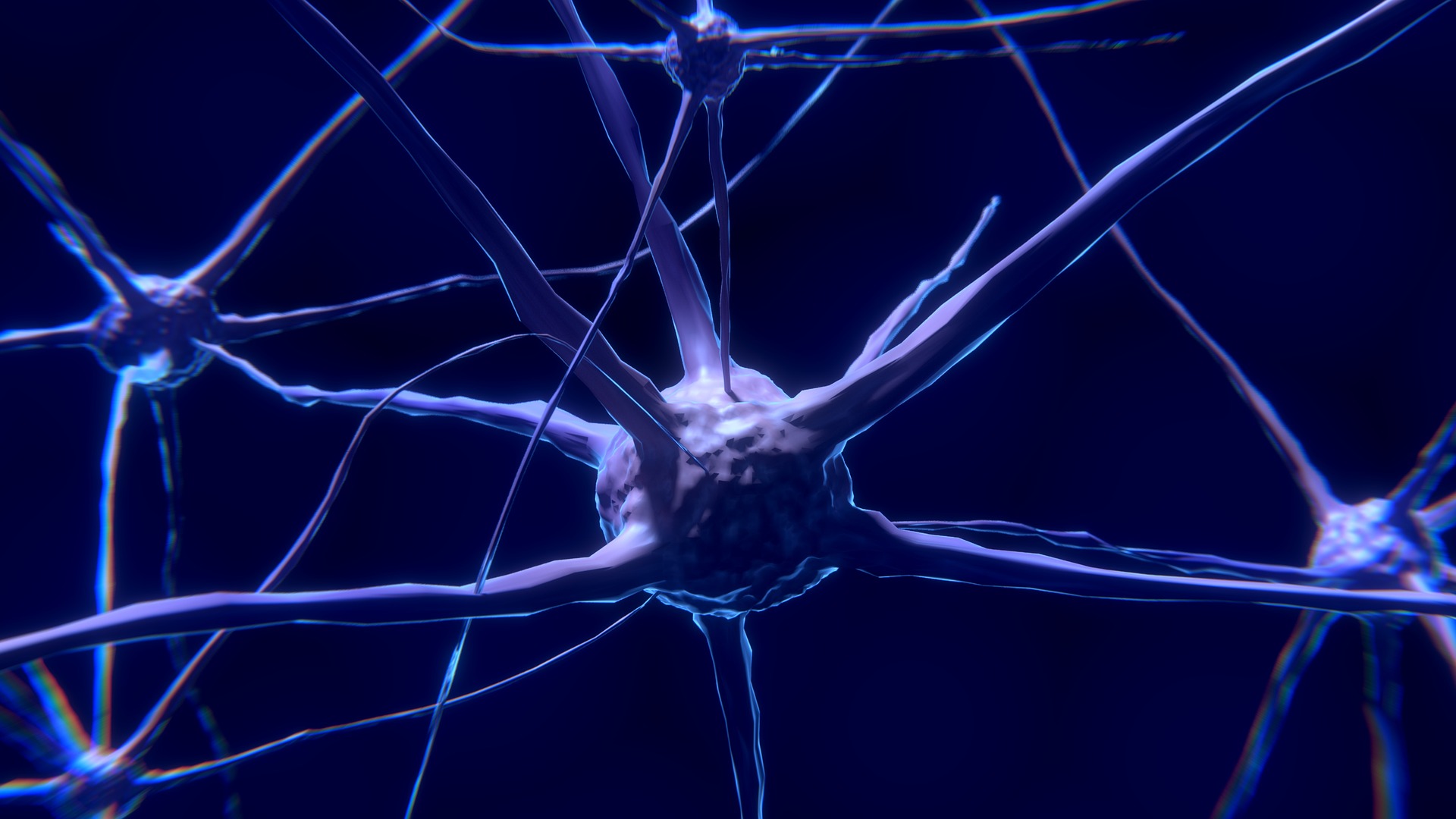As stated by the World Health Organization mental health is a state of mental well-being that enables people to cope with the stresses of life, realize their abilities, learn well and work well, and contribute to their community. It is an integral component of health and well-being that underpins our individual and collective abilities to make decisions, build relationships and shape the world we live in. Mental health is a basic human right. New research identify meditation, and mindfulness meditation as supporters of mental health. Self-regulation deficits are associated with diverse behavioural problems and mental disorders (risk of school failure, attention deficit disorder, anxiety, depression and drug abuse). Mindfulness meditation could ameliorate negative outcomes and several clinical trials have explored the effects of mindfulness meditation on disorders such as depression, generalized anxiety, addictions, attention deficit disorders and other, and they have begun to establish the efficiency of mindfulness practice for these conditions.
On the other hand, the study of a mental state means a study of a brain state. Recently many physics-diagnostics techniques have been involved in the study of mindfulness meditation and in general in the study of a brain state. Neuroimaging seems to be among the favourites, but many efforts are still needed.

A recent work published on Nature Reviews Neuroscience of Tang et al. [1], investigated the results of several research on neuroscience of brain meditators, using meta-analysis of neuroimaging studies. These studies varied about the exact mindfulness meditation tradition under investigation, and multiple measurements have been used to investigate effects on both grey and white matter. Studies focused on cortical thickness, grey-matter volume and/or density, fractional anisotropy and axial and radial diffusivity.
For example effects have been detected on the cerebral cortex, subcortical grey and white matter, brain stem and cerebellum, suggesting that the effects of meditation might involve large-scale brain networks. This is not surprising because mindfulness practice involves multiple aspects of mental function that use multiple complex interactive networks in the brain. The findings demonstrated that mainly eight brain regions were found to be consistently altered in meditators: the frontopolar cortex, related to enhanced meta-awareness following meditation practice; the sensory cortices and insula, areas that have been related to body awareness; the hippocampus, a region that has been related to memory processes; the anterior cingulate cortex (ACC), mid-cingulate cortex and orbitofrontal cortex, areas known to be related to self and emotion regulation; and the superior longitudinal fasciculus and corpus callosum, areas involved in intra- and inter-hemispherical communication.
Meditation and attention
Many meditation traditions emphasize the necessity to cultivate attention regulation early in the practice. A sufficient degree of attentional control is required to stay engaged in meditation, and meditators often report improved attention control as an effect of repeated practice. This technique entails focusing and sustaining attention on an object or experience (e.g., breathing sensations) in the present moment while actively noticing and disengaging from distractions (e.g., mind-wandering). Multiple studies have experimentally investigated such effects.
Several functional and structural Magnetic Resonance Imaging (MRI) studies on mindfulness training have investigated neuroplasticity in brain regions supporting attention regulation. The brain region to which the effects of mindfulness training on attention is most consistently linked is the ACC. The ACC enables executive attention and control by detecting the presence of conflicts emerging from incompatible streams of information processing.

Structural MRI data suggest that mindfulness meditation might be associated with greater cortical thickness and might lead to enhanced white-matter integrity in the ACC [1].
Furthermore, with the advent of functional Magnetic Resonance Imaging (fMRI) technology, many studies have endeavoured to map the precise neural markers of meditation. A new study of Ganesan at al., ongoing publication [2], deepens the use of fMRI on focused attention meditation (with breath or body sensations). In particular, the use of 7 Tesla fMRI high strength field has the potential to ascertain group-level fMRI BOLD (Blood-Oxygen-Level-Dependent contrast) effects that are more reliable and neuroanatomically precise at the level of brain regions, compared to its lower strength 3 Tesla counterpart. 7 Tesla fMRI enables MRI acquisition with higher neuroanatomical resolution, and stronger signal quality compared to lower strength fields. Physiological artifacts (e.g., cardiac and respiratory activity) affect fMRI findings. This is particularly important because focused attention meditation is entrenched with physiological responses such as lowered heart rate, deeper and slower breathing, and lowered blood pressure. Furthermore, physiological response fluctuations during fMRI task conditions can induce non-neuronal BOLD fMRI changes that can be mistaken for actual neuronal responses. Taking this into account, the main findings show a deactivations of brain key default mode network regions relative to rest; these regions may decrease brain activity implicated in self-referential processing, mental predictions, repetitive thought and mental time-travel during focused attention meditation. Activity in default-mode network regions has been widely associated with mind-wandering and spontaneous thoughts. Moreover, deactivations in other regions implicated in conceptual and memory processing have been detected. This may free up attentional resources in order to improve quality of deliberate focus on present moment objects or experiences [2].
Interest in the psychological and neuroscientific investigation of mindfulness meditation has increased markedly thank to its efficacy for the treatment of clinical disorders [1]. Studies suffer from low methodological quality and present with speculative post-hoc interpretations. The pilot study of Ganesan et al [2] seems promising for investigation of focused attention meditation with beginner meditators using ultra-high strength 7 Tesla fMRI. Many other studies are in progress to increase the knowledge of the mechanisms that underlie the effects of meditation.
[1] Tang, YY., Hölzel, B. & Posner, M. The neuroscience of mindfulness meditation. Nat Rev Neurosci 16, 213–225 (2015).
[2] Meditation attenuates Default-mode activity: a pilot study using ultra-high strength MRI Saampras Ganesan a,b, Bradford Moffat c, Nicholas T. Van Dam e, Valentina Lorenzetti d, Andrew Zalesky – https://doi.org/10.1101/2023.01.02.522524 – (2023)





